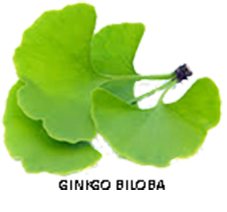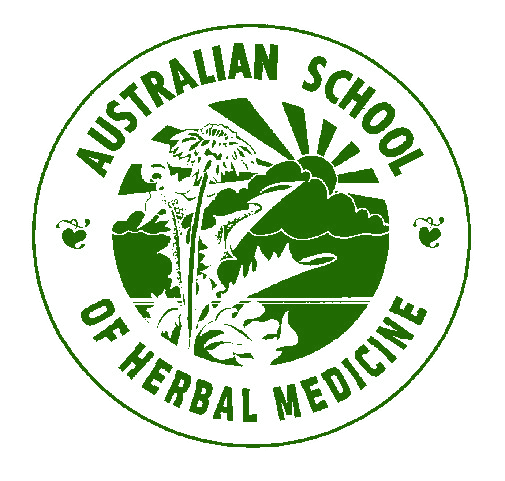Commercial herbal preparations:
You can buy many different forms of herbal medicines from health food stores and pharmacies. Different methods of taking herbal medicines are more suitable for specific herbs and for certain health conditions.
Herbal capsules:
 Capsules contain dry plant extracts that have been carefully dehydrated to preserve the plant’s active ingredients. Capsules are especially useful when you need to take a large dose of a herb, because the ingredients can be highly concentrated.
Capsules contain dry plant extracts that have been carefully dehydrated to preserve the plant’s active ingredients. Capsules are especially useful when you need to take a large dose of a herb, because the ingredients can be highly concentrated.
For example, Ginkgo biloba capsules can contain the equivalent of 7.5 g or 7500 mg Ginkgo biloba leaf—that’s a lot of ginkgo!
Herbal liquid extracts and tinctures:
Liquid extracts and tinctures contain the plant’s vital medicinal properties in a form that is quickly absorbed into the bloodstream and rapidly distributed throughout the body. These liquid forms of herbal medicines have a penetrating action and are well suited to people with poor digestion.
A liquid extract is a solution that contains the active plant ingredients combined with a carrier such as glycerine or alcohol. Liquid extracts generally contain more than 1000 mg of dry herb per 5 mL.
A tincture is a solution containing alcohol and active plant ingredients. It usually contains less than 1000 mg of dry herb per 5 mL.
Alcohol is used in extracts and tinctures for two reasons: it is a solvent that extracts non-water-soluble compounds from the herbs, and it acts as a preservative.
Herbal medicinal teas:
Herbal medicinal teas are the most ancient form of herbal medicine. They are a particularly gentle and soothing way of taking herbal medicine, and are also the least expensive. Most of us don’t drink enough water for good health, and herbal teas have the added benefit of adding to your daily fluid intake. Taking herbal teas is also a helpful way of cutting down on caffeine containing drinks. Herbal medicinal teas are sold only through health food stores and pharmacies, and should always contain information about the amount of active herb ingredients in each cup.
Herbal creams and ointments:
Herbal creams are aqueous based and contain a guaranteed level of herbal actives, to bring soothing relief from a range of skin problems. Creams are quickly absorbed into the skin where the active plant ingredients can go to work. Ointments contain oils and herbs, and unlike creams, they do not contain any water. As a result, ointments are thicker and oilier and form a protective layer on the skin. Ointments are used as an emollient, to protect skin from moisture and friction, in problems such as nappy rash. Although the ointment itself is not absorbed into the skin, the medicinal herbs can still penetrate the deeper layers of skin.
Herbal liniments:
Liniments are medicated preparations applied topically, to relieve muscular aches and pains associated with sport and exercise, or age-related conditions such as rheumatism, arthritis, neuralgia and lumbago. Traditional Chinese medicine features a wide variety of liniments formulated from substances that, when vigorously rubbed into the skin, cause a mild irritation which stimulates blood flow to the painful area.
Interested in learning more about herbal medicine and its various forms of preparation? ASOHM offers a Fundamentals of Herbal Medicine Lesson 1 online to cover a brief overview of herbal medicine and medicinal herbalism through the ages, enrol today!
